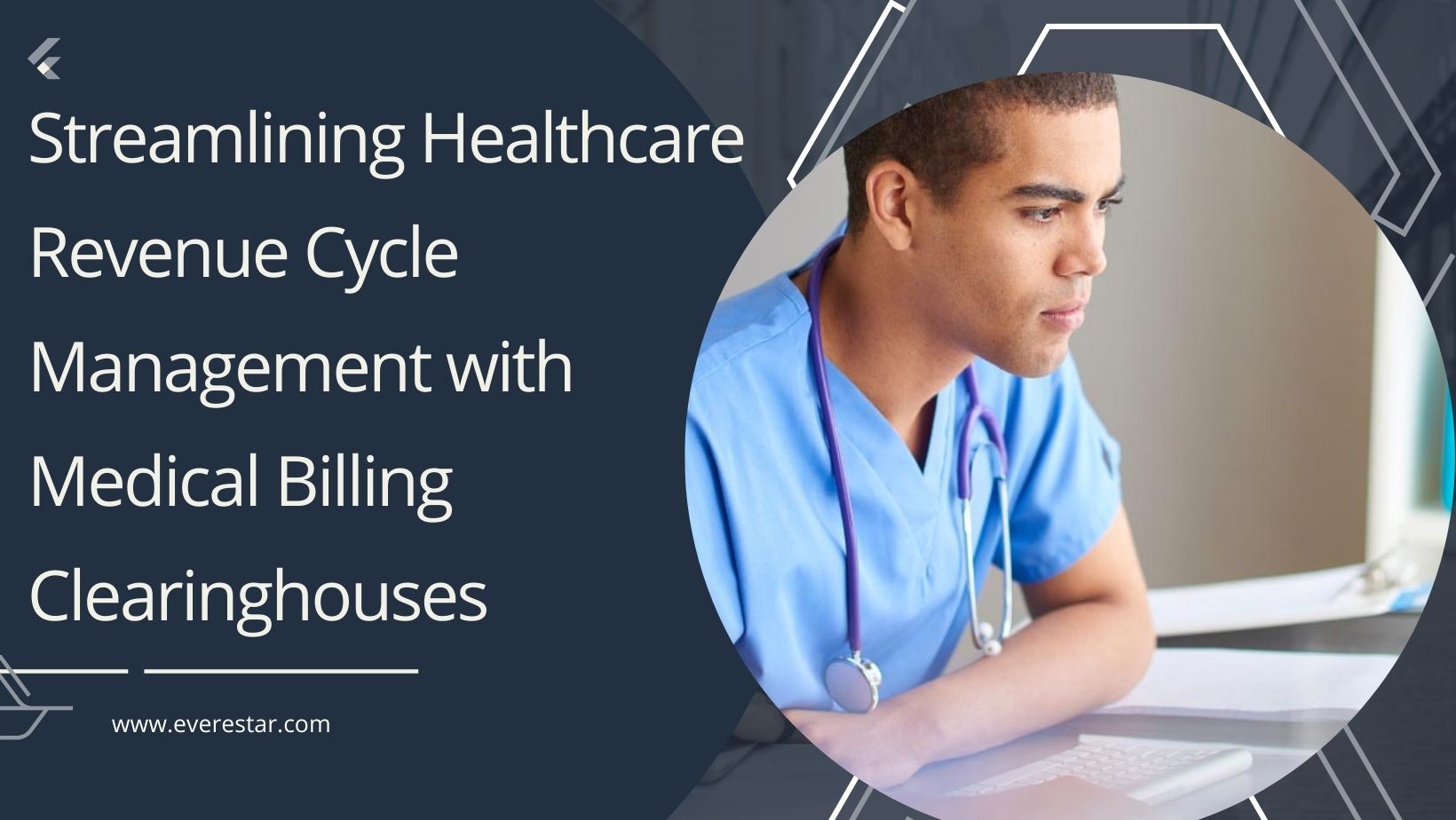In the complex landscape of healthcare, efficient revenue cycle management is essential for the financial health of providers. At the heart of this process are medical billing clearinghouses, often unsung heroes in the industry. In this comprehensive guide, we’ll delve into the intricacies of medical billing clearinghouses, exploring their functions, benefits, and considerations for implementation.
The Role of Medical Billing Clearinghouses
Medical billing clearinghouses serve as intermediaries between healthcare providers and insurance companies, facilitating the smooth flow of information and transactions. They play a crucial role in streamlining the medical billing process by standardizing data and ensuring compliance with regulatory requirements. Without clearinghouses, the administrative burden on healthcare providers would be significantly higher, leading to inefficiencies and delays in reimbursement.
Functions and Benefits
Medical billing clearinghouses offer a range of functions designed to optimize revenue cycle management:
- Claims processing: Clearinghouses receive, validate, and submit claims electronically to insurance companies, reducing paperwork and processing time.
- Claims scrubbing: Through automated checks, clearinghouses identify errors and inconsistencies in claims before submission, minimizing rejections and denials.
- Electronic data interchange (EDI): Clearinghouses facilitate secure electronic communication between providers and payers, enabling seamless exchange of information.
- Eligibility verification: By accessing payer databases, clearinghouses verify patients’ insurance coverage and benefits, ensuring accurate billing and reducing claim rework.
The benefits of using medical billing clearinghouses are manifold:
- Increased efficiency and productivity: Automation and standardization streamline administrative tasks, allowing healthcare staff to focus on patient care.
- Reduced errors and claim rejections: Automated validation checks minimize coding errors and discrepancies, leading to higher clean claim rates and faster reimbursement.
- Accelerated payments and improved cash flow: By expediting claims processing and reducing payment delays, clearinghouses help providers maintain a healthy cash flow.
- Enhanced compliance with regulatory requirements: Clearinghouses adhere to strict security and privacy standards, ensuring compliance with HIPAA and other regulations.
How Clearinghouses Work
The operation of medical billing clearinghouses involves several key steps:
- Submission of claims: Providers transmit electronic claims files to the clearinghouse, either directly or through their practice management systems.
- Validation and scrubbing: Clearinghouses validate claims data against payer requirements and perform automated checks for errors, such as missing information or invalid codes.
- Transmission to payers: Once validated, claims are electronically transmitted to the appropriate insurance companies or payers for adjudication.
- Reconciliation and reporting: Clearinghouses reconcile payments and remittance advice from payers, providing detailed reports to providers for reconciliation and analysis.
Security and Compliance Measures
Security and compliance are paramount in healthcare, and medical billing clearinghouses employ robust measures to safeguard sensitive information:
- HIPAA compliance: Clearinghouses adhere to the Health Insurance Portability and Accountability Act (HIPAA) regulations, ensuring the confidentiality, integrity, and availability of protected health information (PHI).
- Data encryption: Clearinghouses utilize encryption protocols to secure data transmission and storage, protecting against unauthorized access and breaches.
- Secure transmission protocols: Industry-standard protocols, such as Secure Socket Layer (SSL) and Transport Layer Security (TLS), are used to encrypt data during transmission over networks.
Cost Considerations
While the cost of using medical billing clearinghouses varies depending on factors such as transaction volume and service level, the benefits often outweigh the expenses:
- Setup fees: Some clearinghouses charge initial setup fees to onboard providers and configure their systems.
- Transaction fees: Providers typically pay per transaction or claim processed by the clearinghouse, with fees varying based on volume and complexity.
- Subscription-based pricing: Clearinghouses may offer subscription plans with fixed monthly or annual fees, providing unlimited access to their services.
Providers should carefully evaluate the cost of using a clearinghouse against the potential savings and efficiency gains, considering factors such as claim acceptance rates, payment turnaround time, and staff productivity.
Choosing the Right Clearinghouse
Selecting the right medical billing clearinghouse is critical to the success of revenue cycle management. Providers should consider the following factors when evaluating clearinghouse options:
- Integration capabilities: Ensure compatibility with existing practice management or electronic health record (EHR) systems to facilitate seamless data exchange.
- Reputation and reliability: Research the track record and reputation of clearinghouses, seeking feedback from peers and industry experts.
- Customer support: Evaluate the quality and responsiveness of customer support services, as timely assistance is essential in resolving issues and optimizing workflow.
- Transparent pricing: Request detailed pricing information and billing terms upfront, including any additional fees or charges for value-added services.
Future Trends and Innovations
As healthcare continues to evolve, medical billing clearinghouses are adapting to meet emerging needs and challenges. Future trends and innovations in revenue cycle management include:
- Adoption of artificial intelligence (AI) and machine learning: Clearinghouses are leveraging AI-driven analytics to identify trends, predict payer behavior, and optimize reimbursement strategies.
- Interoperability and data exchange standards: Efforts to standardize data formats and communication protocols aim to improve interoperability between disparate systems, facilitating seamless information exchange.
- Enhanced patient engagement: Clearinghouses are exploring ways to engage patients in the billing process, such as providing cost estimates, payment options, and financial assistance resources.
Conclusion
In conclusion, medical billing clearinghouses play a vital role in streamlining revenue cycle management for healthcare providers. By automating processes, reducing errors, and ensuring compliance, clearinghouses enable providers to focus on delivering high-quality patient care while optimizing financial performance. As healthcare continues to evolve, providers must carefully evaluate their options and leverage clearinghouse solutions that best meet their needs and objectives.


